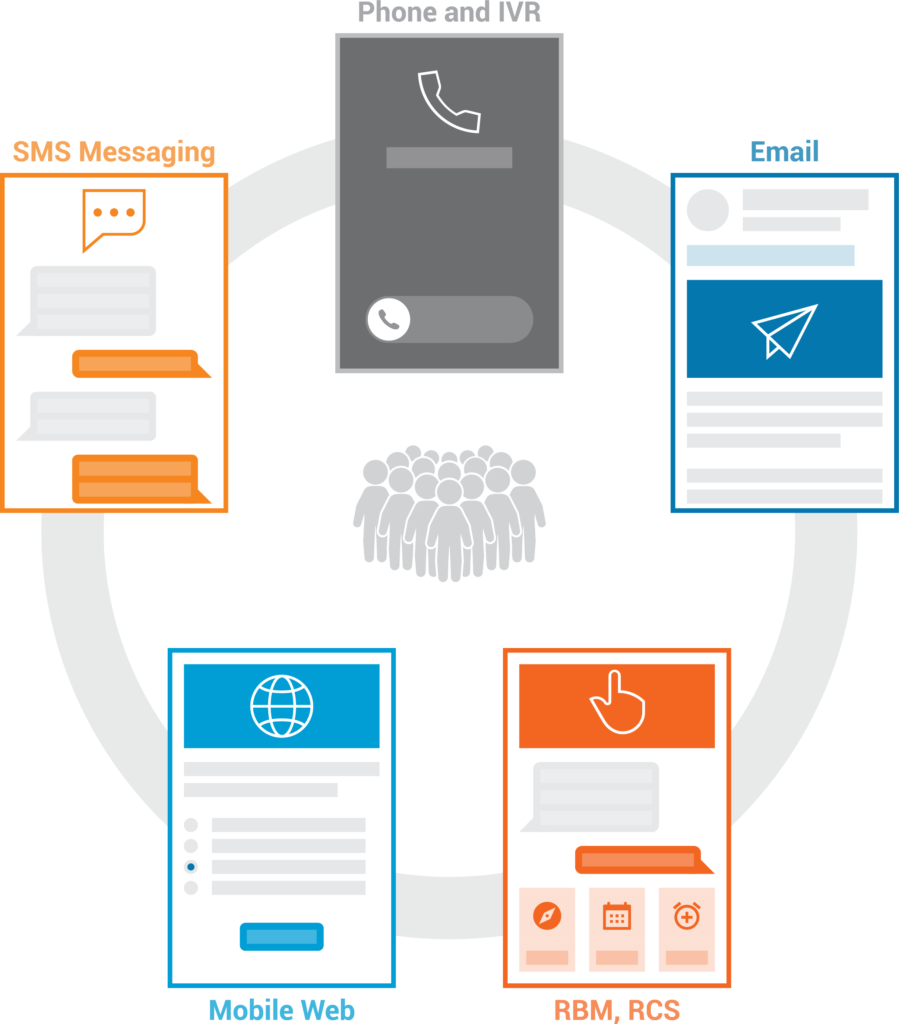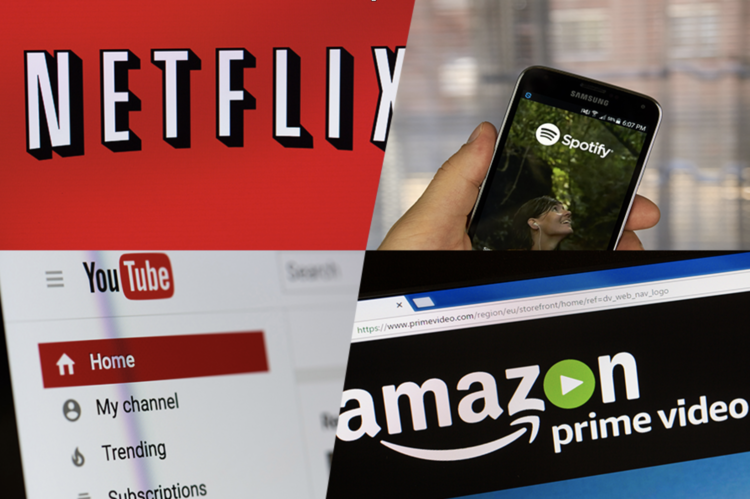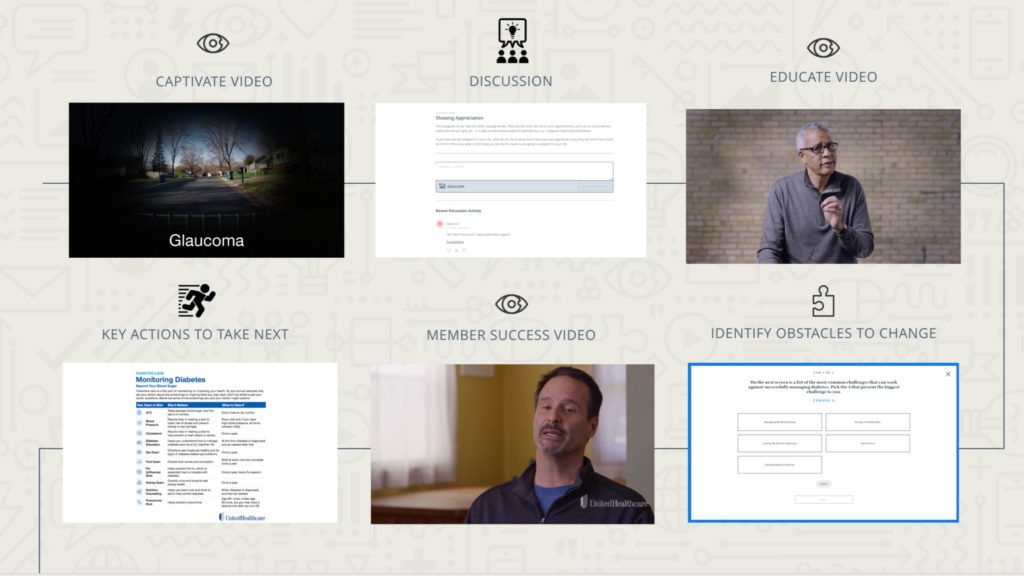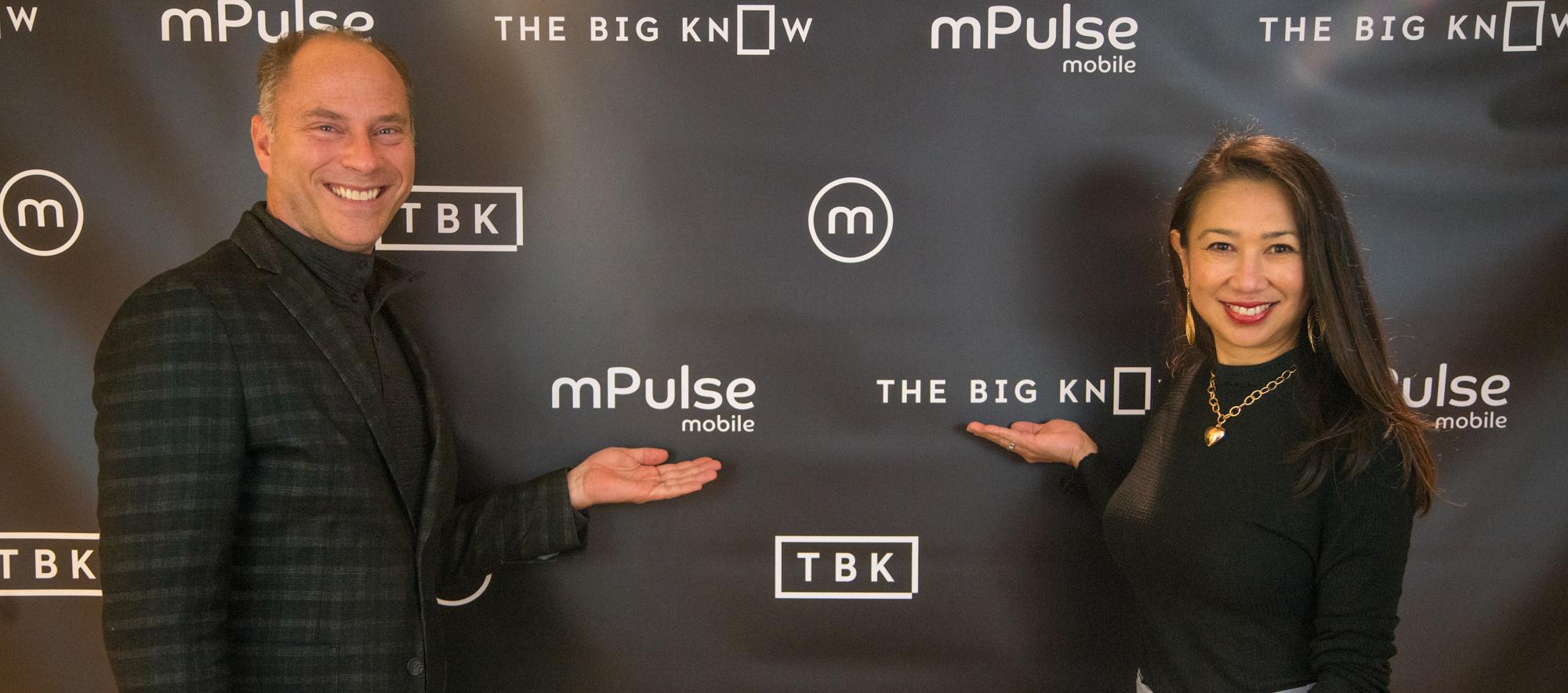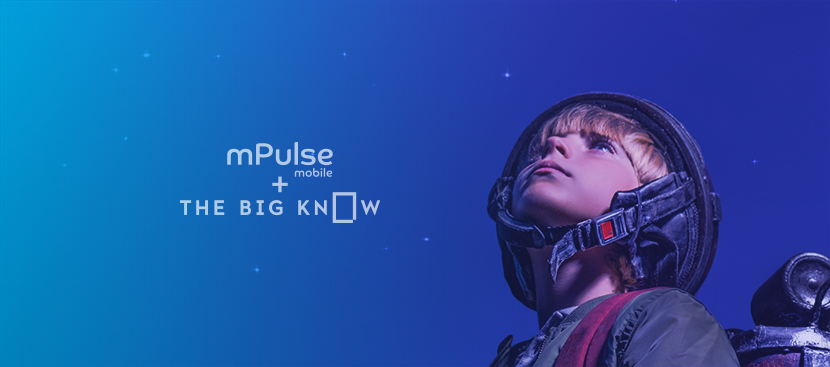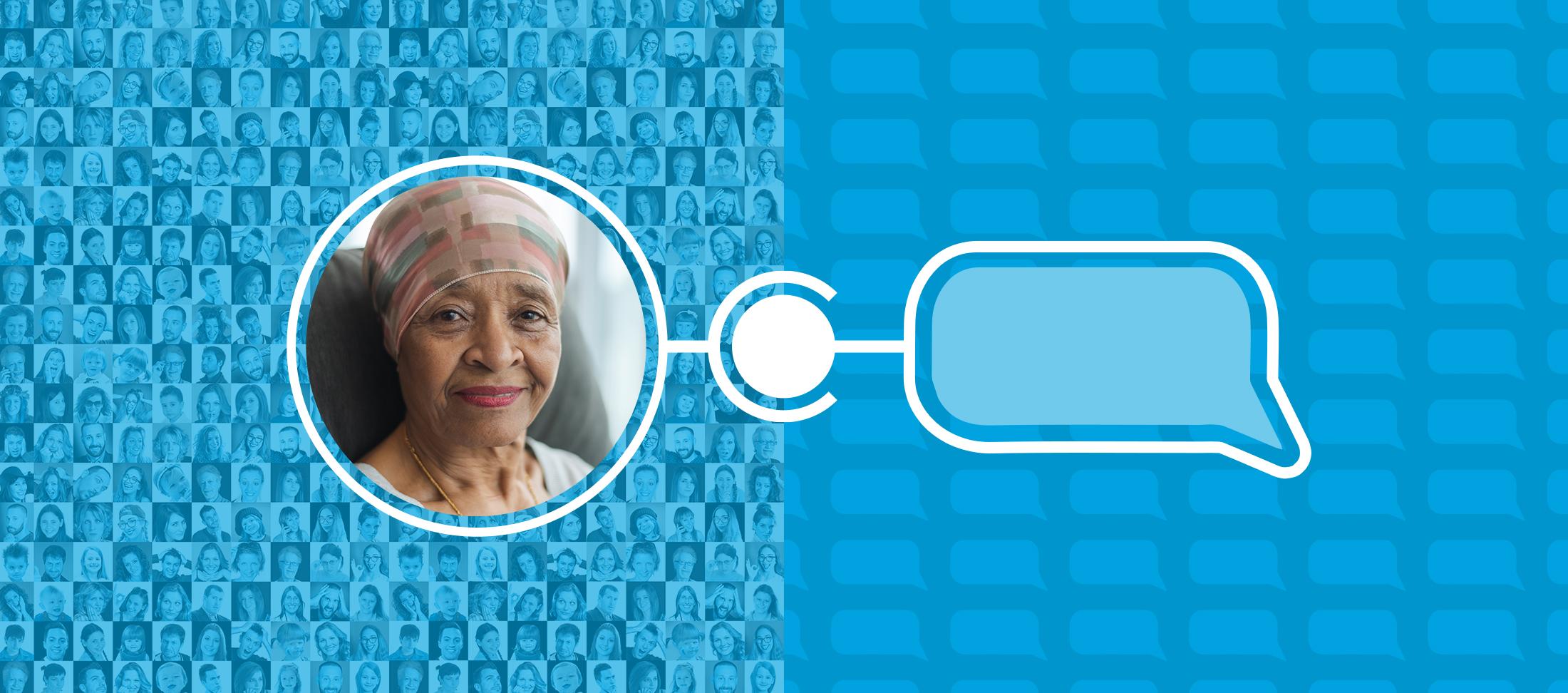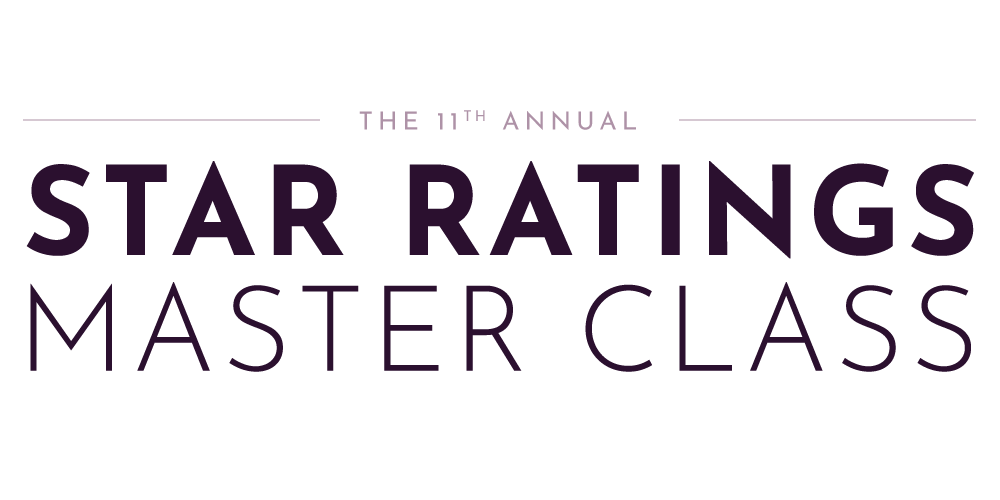Health Literacy is the key to activating health consumers and lowering costs to serve.
As it stands today, 9 in 10 US adults lack basic health literacy. This gap in knowledge leads to poor lifestyle choices, which drive 70% of healthcare costs.
Educated health consumers feel empowered to make choices that create better health outcomes and lower costs to serve. But how can we ensure we’re reaching the right people at the right time and delivering quality, tailored content that gives consumers the confidence to own their health?
We’ve identified three key areas that need to be addressed in order to drive healthy behavior change that scales.
Bring Content to Your Consumer
Hosting good educational content on a portal or website and hoping for your consumers to stumble upon it is not a winning strategy. Neither is blasting out mass messages that they begin to tune out after the 5th or 6th message to watch a video about a condition they don’t have, or a problem they already solved. With rich data available, we now have the insights needed to understand health consumers on an individual level and tailor not only what is said, but in what format the message is sent. This is particularly critical when addressing health disparities, or other health barriers.
By aligning your digital experience journey, you can assess and adapt your communication strategy to the individual’s needs. If we want health consumers to learn to make smarter health decisions, we have to meet them where they are.
Shift Content from Informational to Educational
Video streaming services account for over half of global time spent online. With streaming platforms like Netflix and Hulu making highly-produced cinematic content the norm, other industries need to meet rising consumer expectations. Viewers are 9 times more likely to retain information from video versus text.
Quality content not only holds our attention, but also ties into credibility. Healthcare is no exception. Personalized educational content delivered to consumers when and where they need it is the future.
So if education drives lifestyle choices, and choices drive costs, shouldn’t we invest in better education? Yes. But that’s not the problem. From Dr. Google and WebMD to a take-home pamphlet a nurse gives you, most health “education” is built to inform—not to teach.
We know from adult learning theory that simply telling someone to read, watch or listen is not enough. These are inherently passive ways to impart information. If we want real learning and change to occur, we need to design learning experiences that give us ways to reflect, process and apply what we’re learning.
Across need state or wellbeing dimension, a properly designed digital learning experience can personalize to the individual’s needs and guide them to the right programs.
Provide Actionable Next Steps
In order to close gaps in care and deliver those key metrics, action is needed and action equals outcomes.
Now that we’ve gotten a consumer’s attention through their preferred channel and taught them something of value, how do we want them to apply this information? Directing users to appropriate calls to action and applicable programs, resources or services drives confident decisions inspired by health literacy.
Ready to revolutionize the definition of health engagement? Talk to us.


